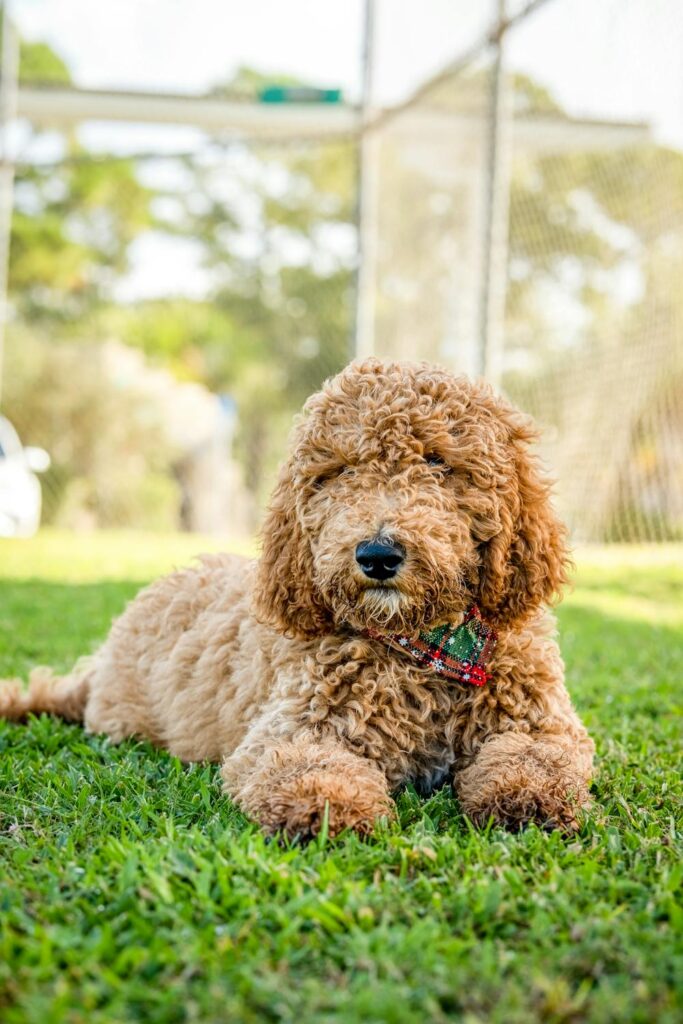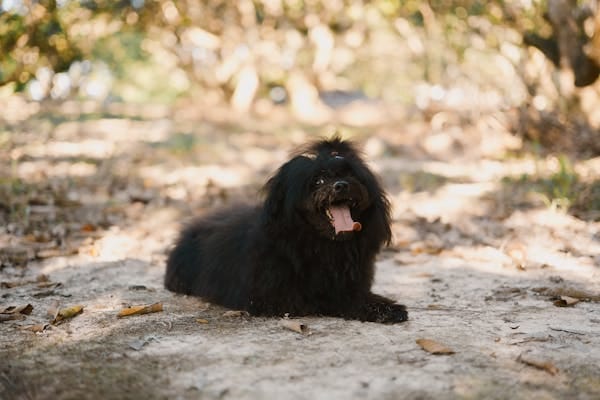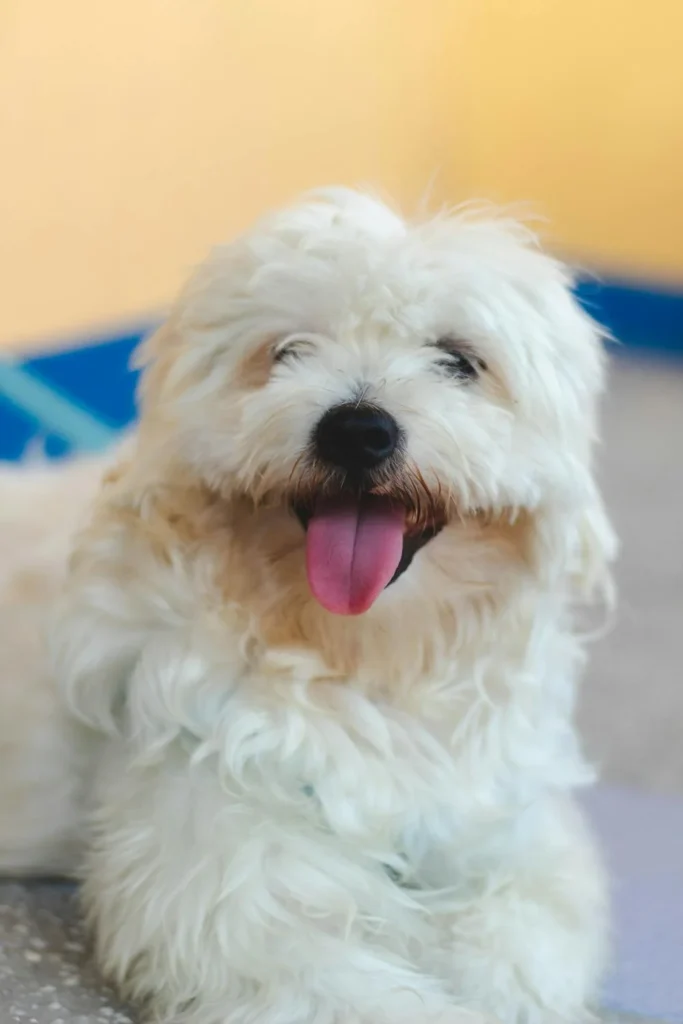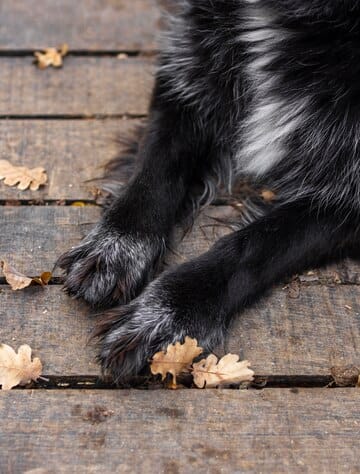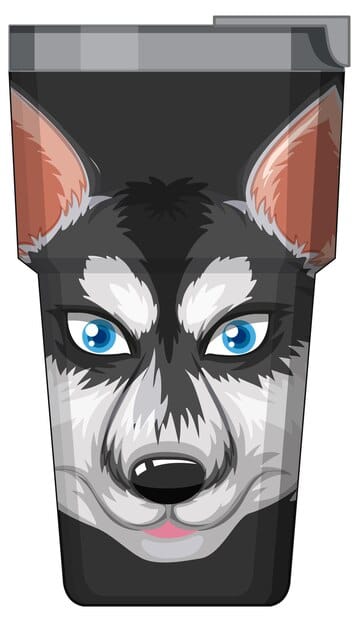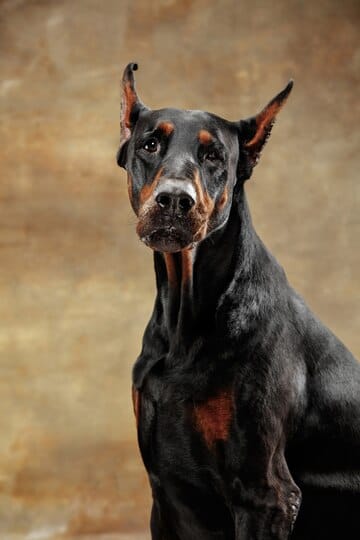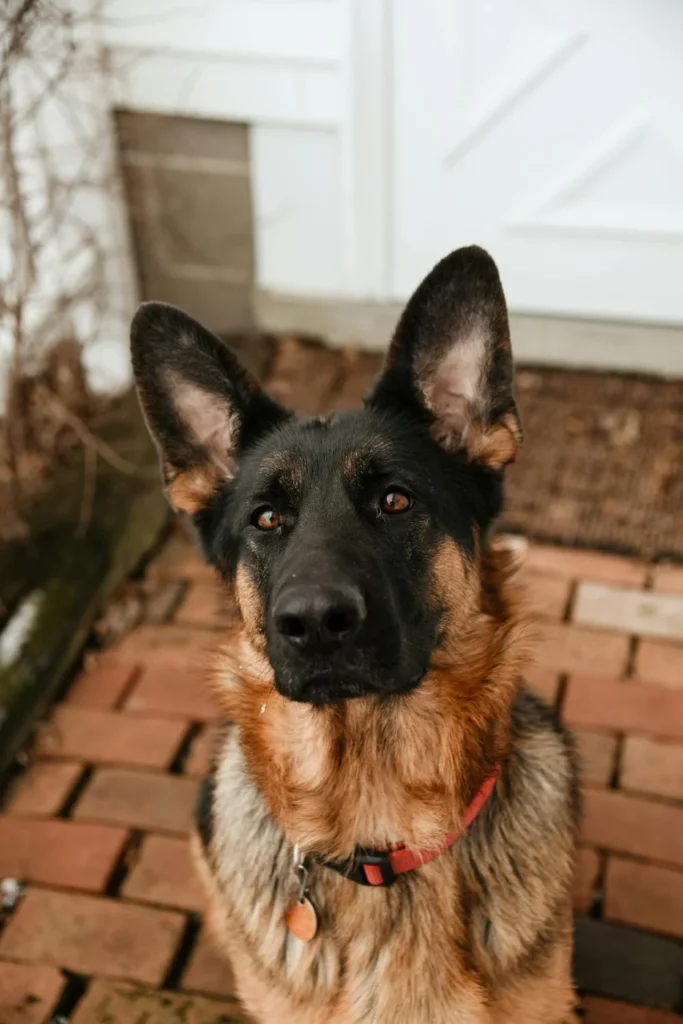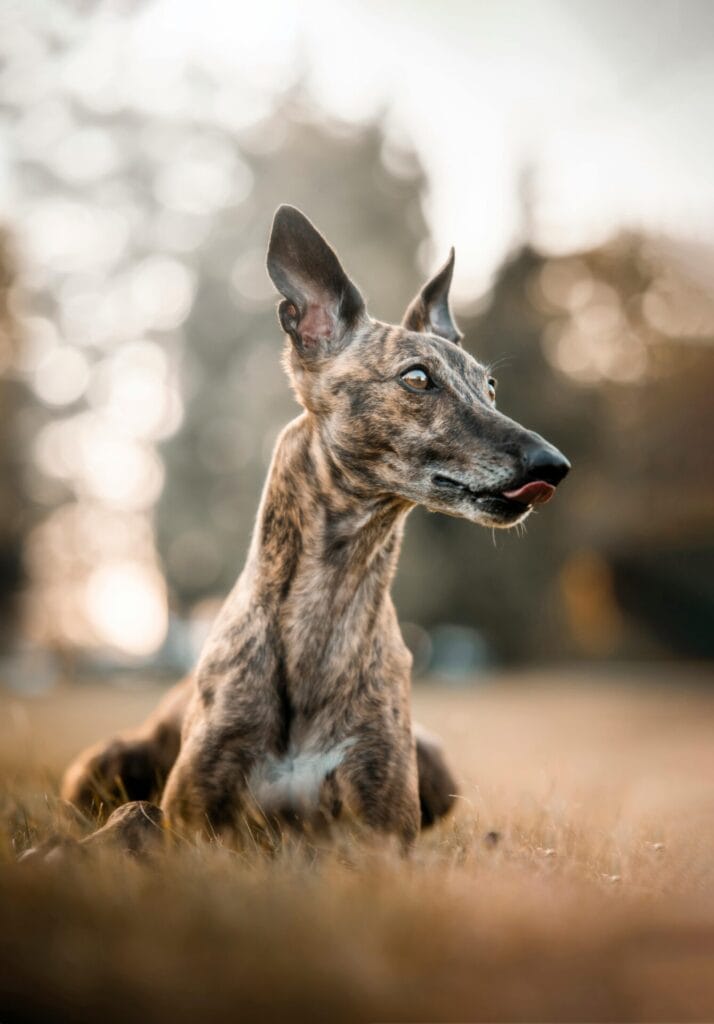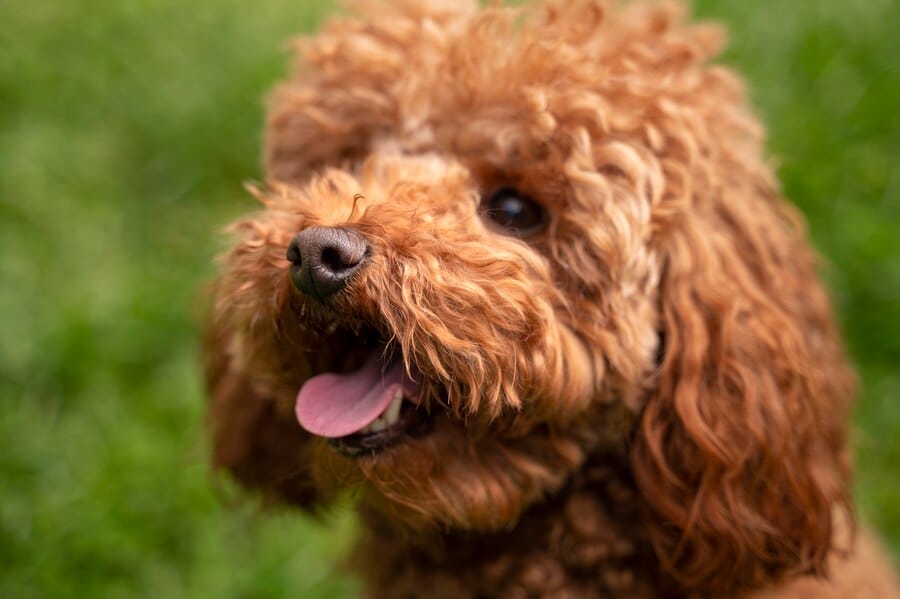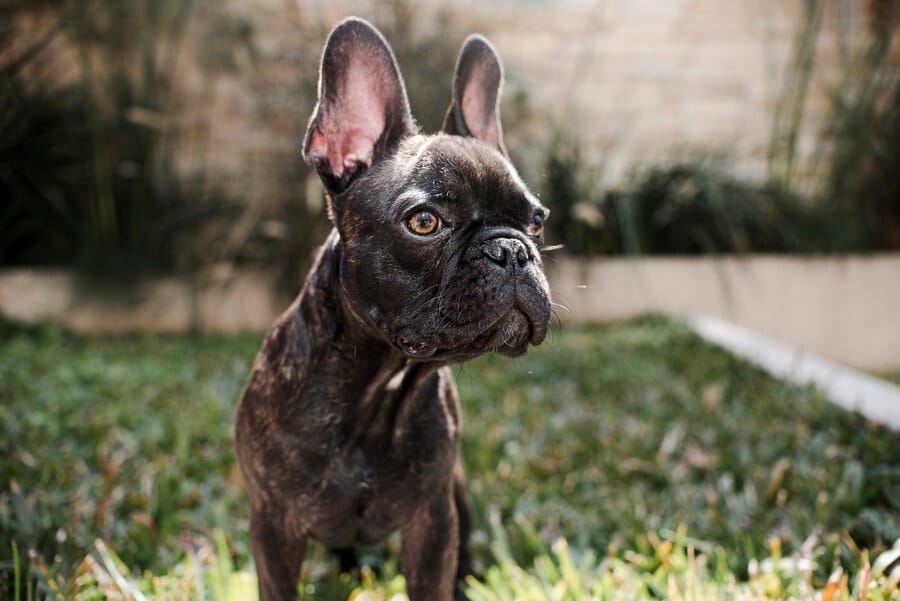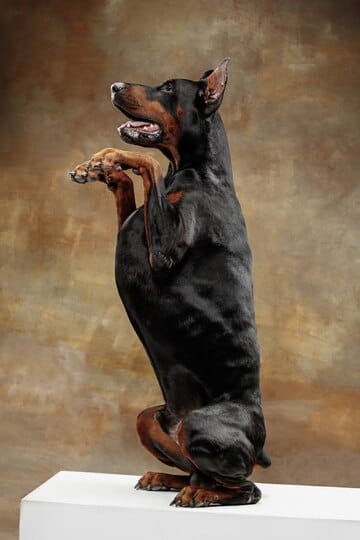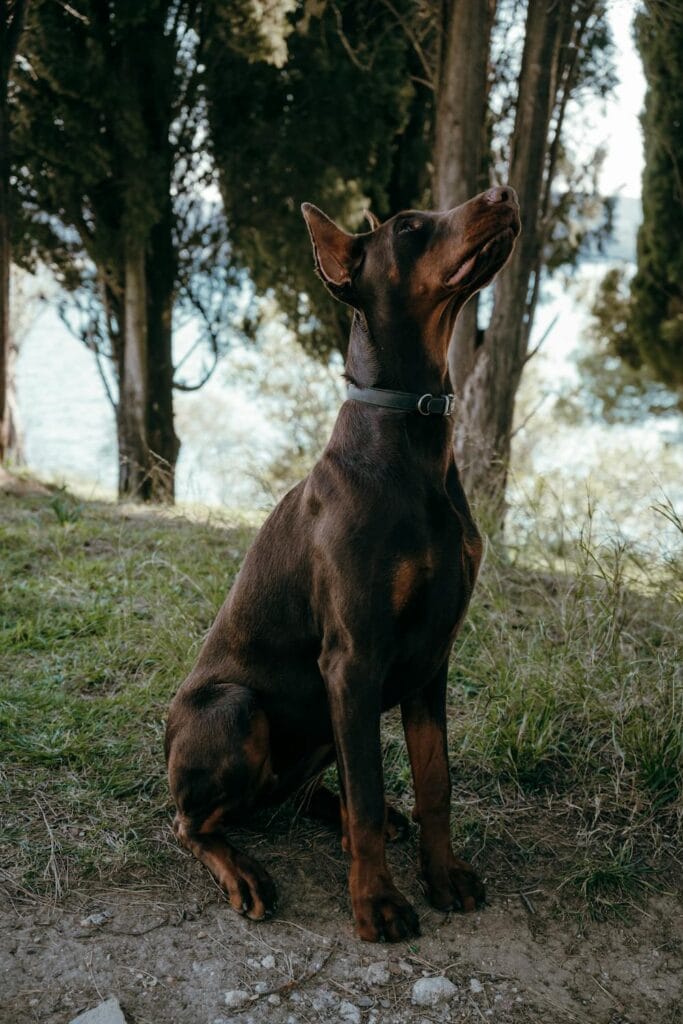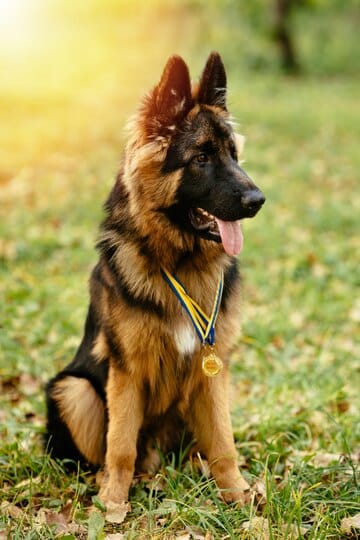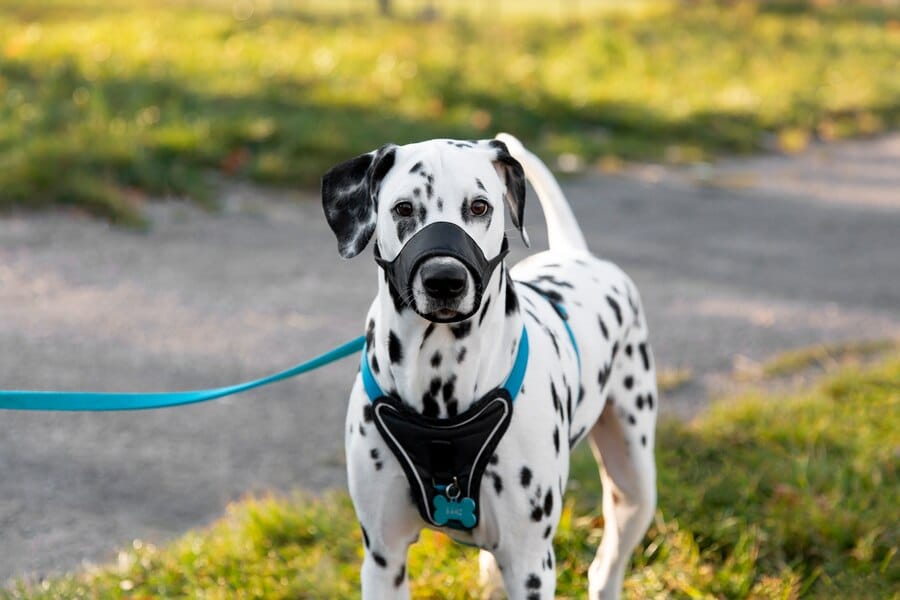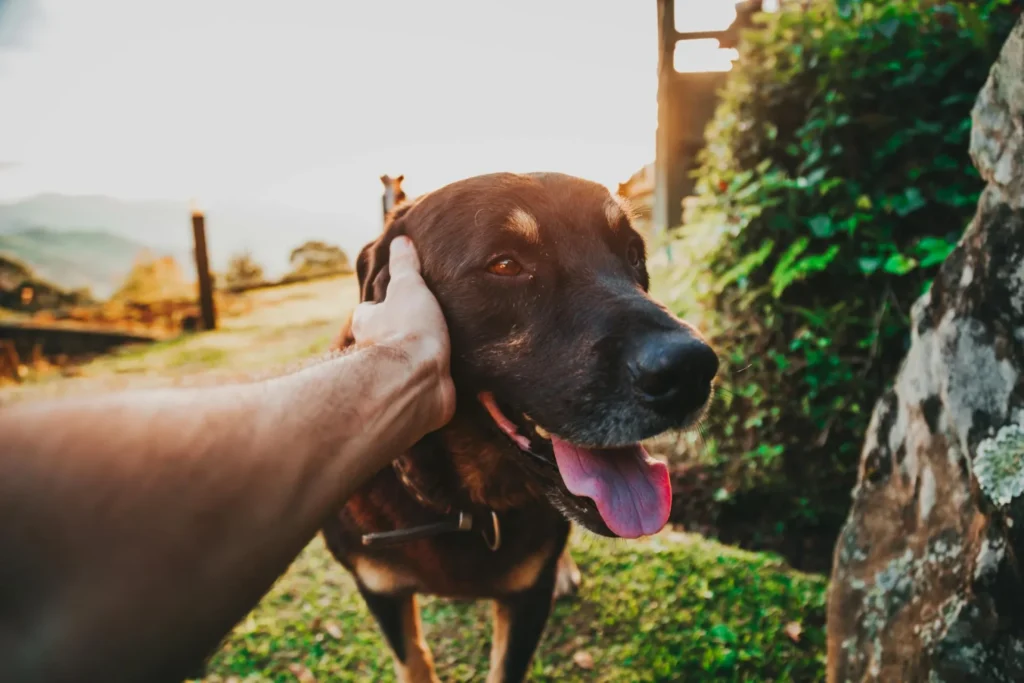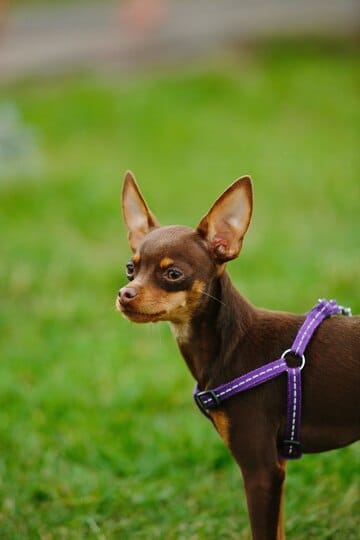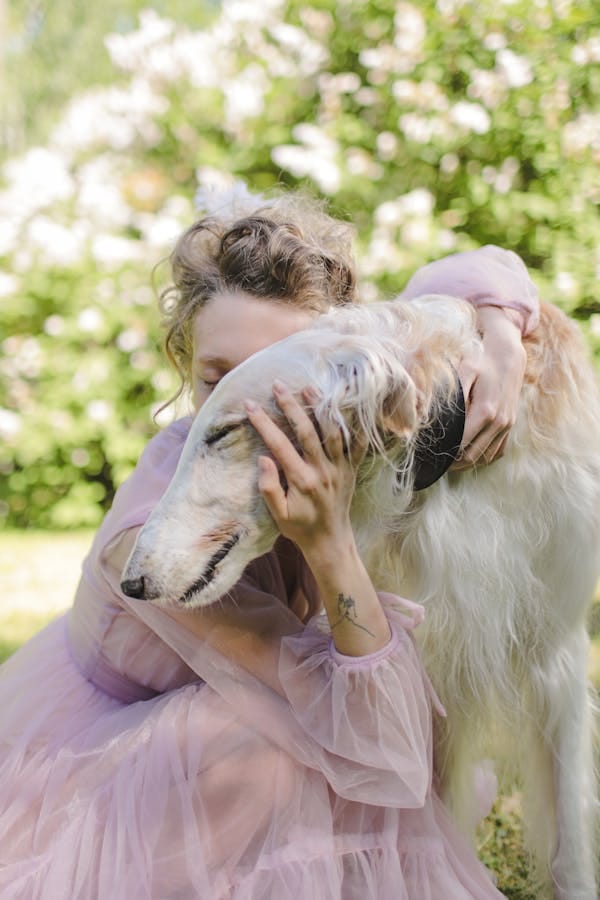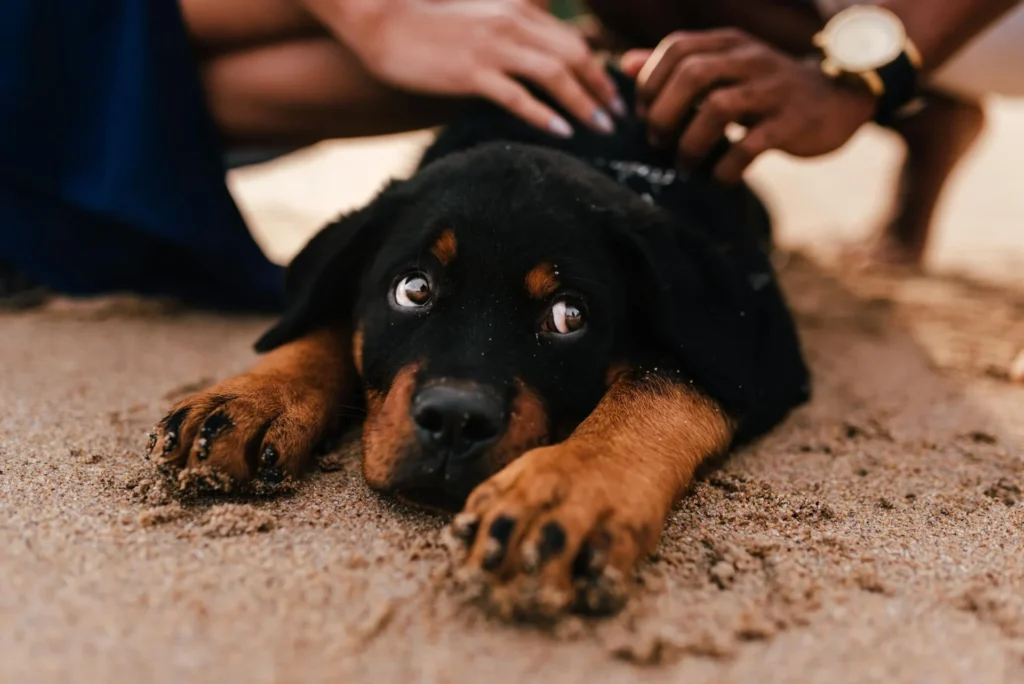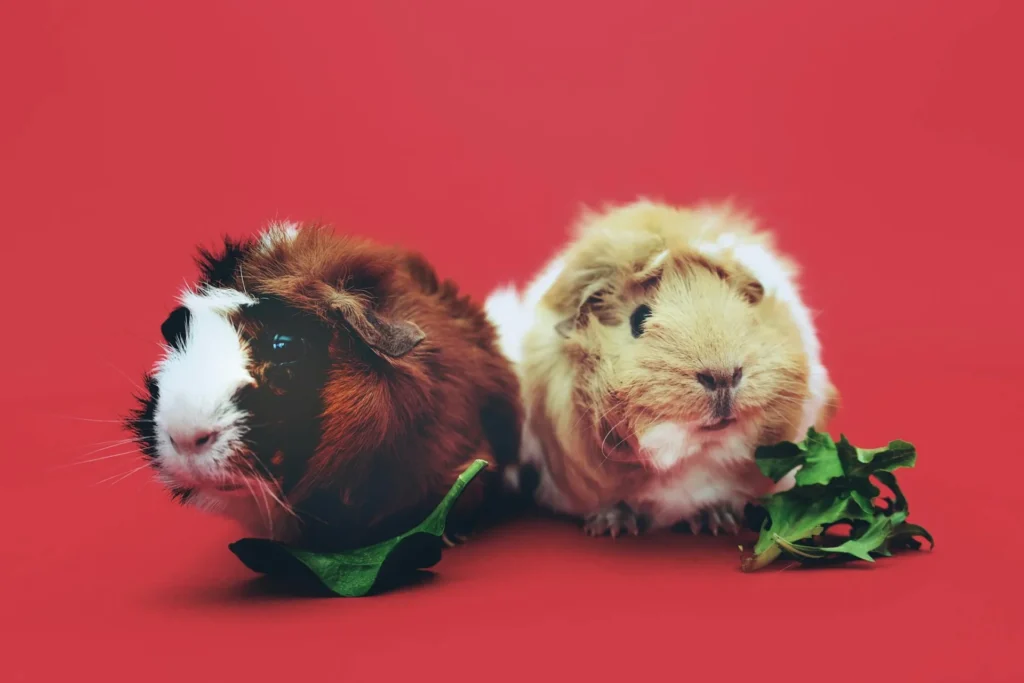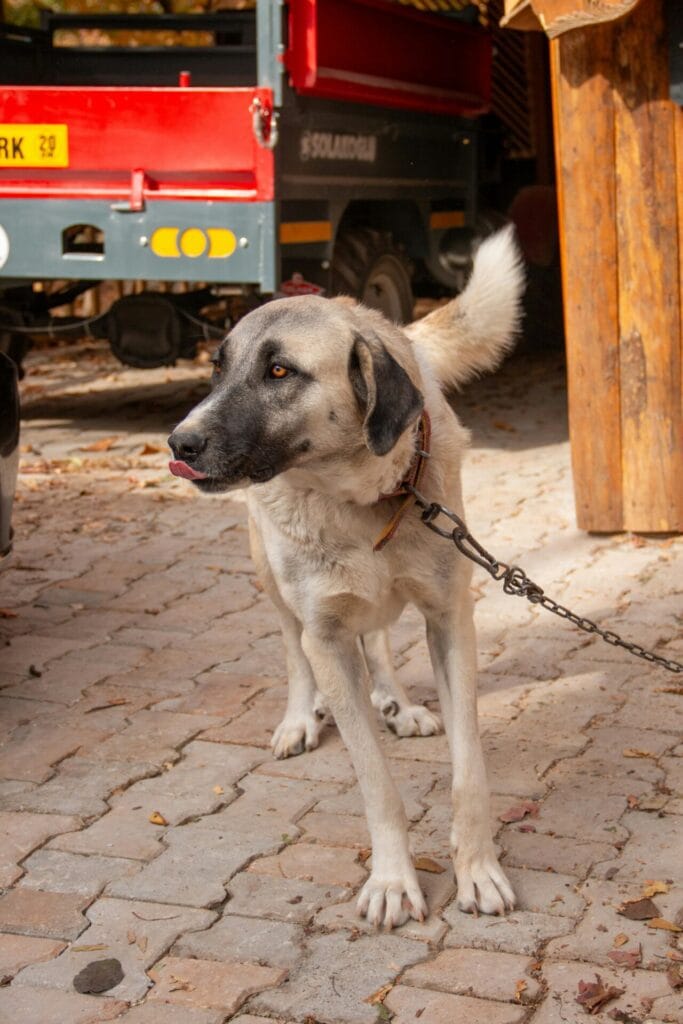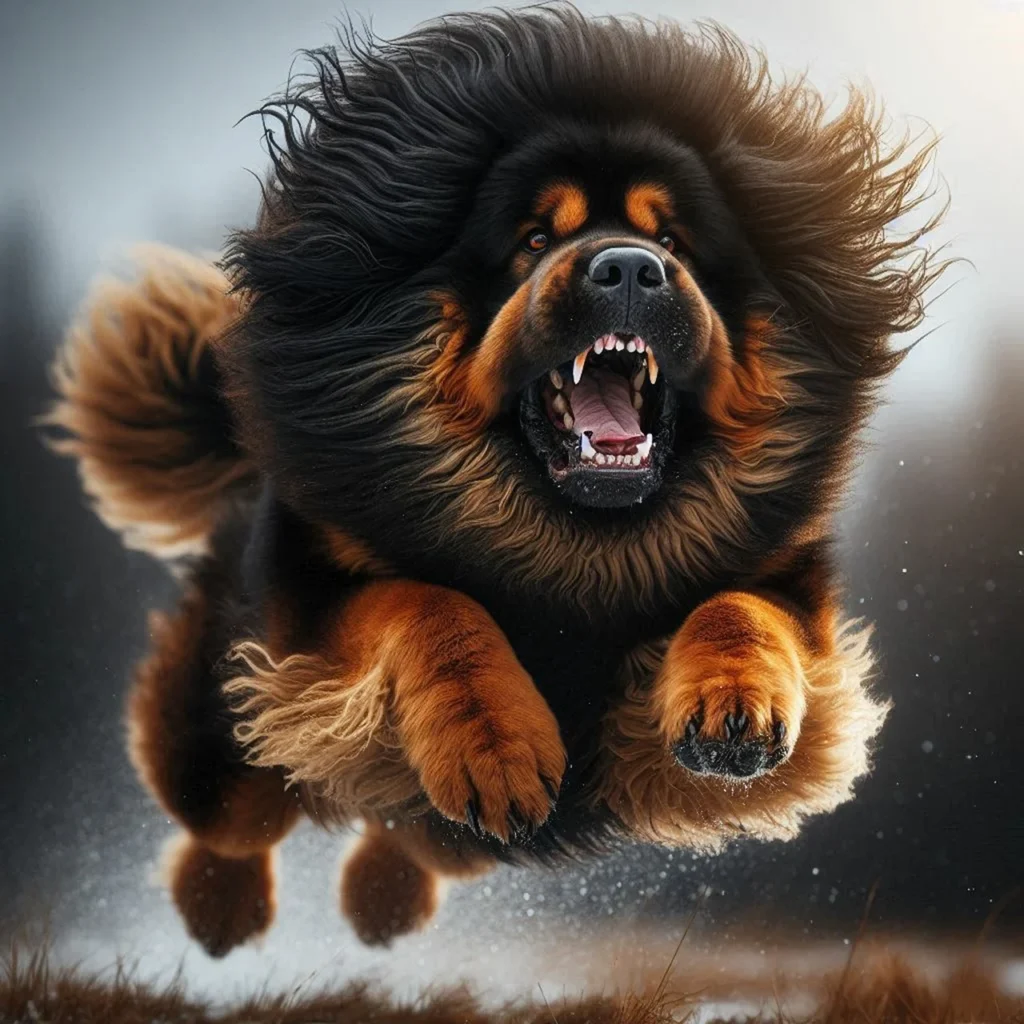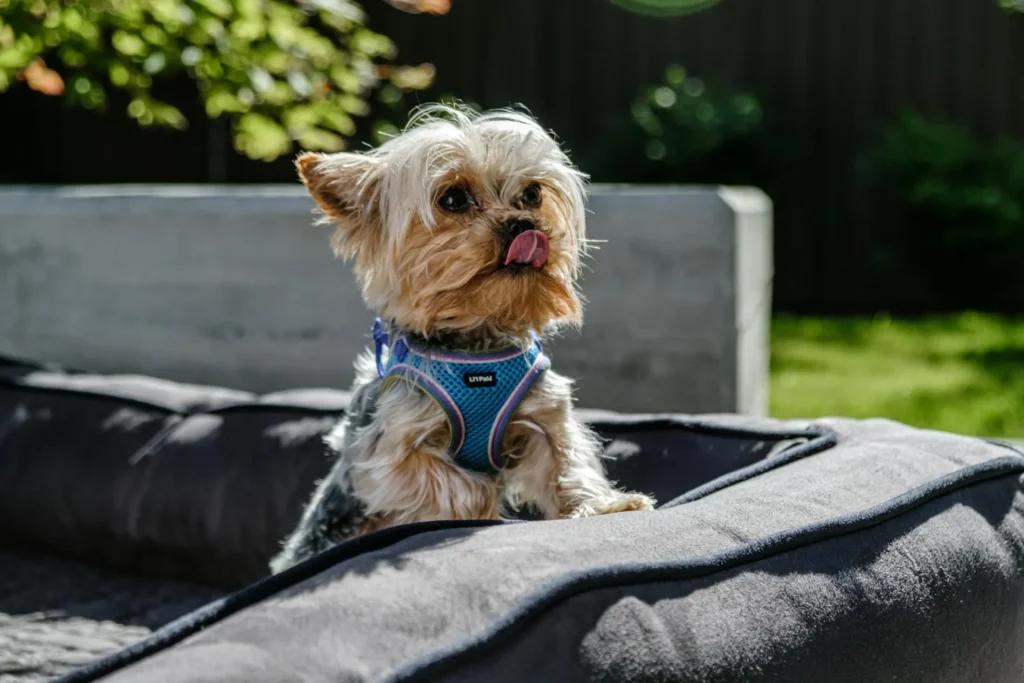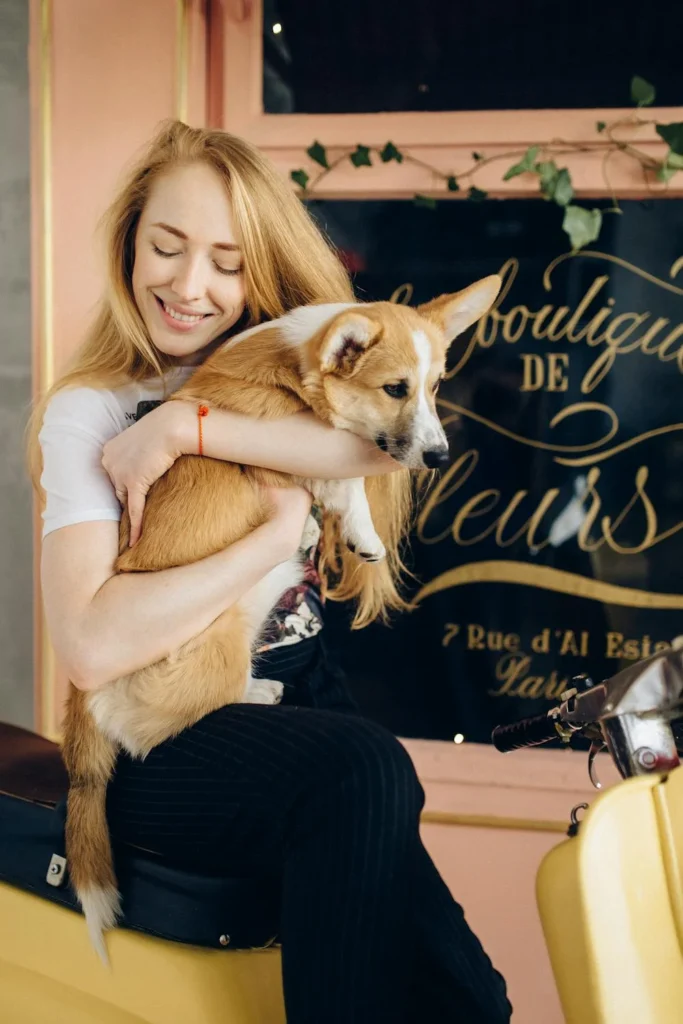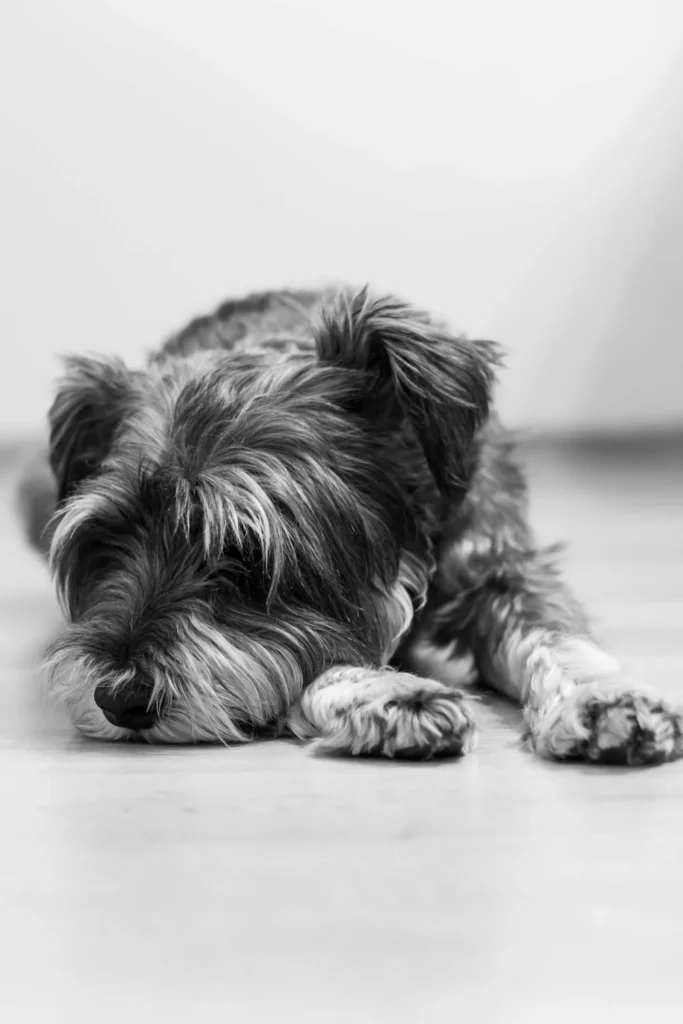- Introduction: Unveiling the Mysteries of Poodle Locks 🔍
- How Long Will a Poodle’s Hair Grow? The Sky’s the Limit! 🚀
- How Long Does It Take for a Poodle’s Hair to Grow Back After Being Shaved? ⏳
- Does Poodle Hair Stop Growing? The Myth Debunked 🚫
- Why Has My Poodle’s Hair Stopped Growing? Unraveling the Mystery 🕵️♀️
- Poodle Hair Thinning: Causes and Solutions 🦲
- How to Make Poodle Hair Grow Faster: Turbocharge Those Tresses! 🚀
- Poodle Hair Care: Your Ultimate Grooming Guide 💅
- Poodle Hair Products: Top Picks for Terrific Tresses 🛍️
- Poodle Hair Falling Out: When Shedding Becomes Concerning 😟
- Does Poodle Hair Grow Back Faster After Shaving or Cutting? The Great Debate 🤔
- Poodle Hair Recovery: Growing Back After Various Conditions 🌱
- Poodle Hair Growth by Age: A Lifetime of Luscious Locks 📅
- Poodle Hair Growth by Variety: Size Matters 📏
- The Science Behind Poodle Hair: Understanding the Follicles 🔬
- Poodle Hair Myths: Debunked! 🚫
- Conclusion: Embracing Your Poodle’s Crowning Glory 👑
Introduction: Unveiling the Mysteries of Poodle Locks 🔍
Poodles, with their distinctive coats and regal bearing, have long been admired for their luxurious hair. But how much do we really know about those fabulous follicles? In this comprehensive guide, we’ll explore every aspect of poodle hair growth, from the tips of their fluffy ears to the ends of their pompom tails. Whether you’re a seasoned poodle parent or considering adding one of these curly canines to your family, this article will equip you with all the knowledge you need to keep your poodle’s coat in tip-top shape. Let’s dive in!
How Long Will a Poodle’s Hair Grow? The Sky’s the Limit! 🚀
Poodles are renowned for their continuously growing hair, but just how long can those luscious locks get? Let’s break it down:
The Growth Potential
Poodle hair has the remarkable ability to grow indefinitely. Unlike some dog breeds that have a predetermined length at which their hair stops growing, poodles can potentially grow hair to floor-length and beyond if left ungroomed.
Growth Rate Factors
Several factors influence how quickly and how long a poodle’s hair will grow:
- Genetics: Some poodles are genetically predisposed to faster or slower hair growth.
- Diet: A nutritious diet rich in proteins and vitamins can promote healthier, faster-growing hair.
- Health: Overall health and hormonal balance play crucial roles in hair growth.
- Age: Younger poodles often experience faster hair growth compared to seniors.
- Poodle Variety: Standard, Miniature, and Toy Poodles may have slightly different growth rates.
Poodle Hair Growth Chart
| Poodle Variety | Average Monthly Growth | Potential Max Length (Untrimmed) |
|---|---|---|
| Standard | 1-1.5 inches | 12+ inches |
| Miniature | 0.75-1 inch | 10+ inches |
| Toy | 0.5-0.75 inches | 8+ inches |
🌟 Fun Fact: The longest recorded dog hair belongs to an Afghan Hound, measuring 38 inches! While poodles might not reach quite those lengths, their potential for long locks is impressive.
How Long Does It Take for a Poodle’s Hair to Grow Back After Being Shaved? ⏳
One of the most common questions poodle owners ask is about regrowth after a close shave. Let’s explore the timeline:
The Regrowth Journey
- Stubble Stage (1-2 weeks): Shortly after shaving, you’ll notice short, prickly stubble.
- Fuzzy Phase (2-4 weeks): The coat begins to feel softer and look fluffier.
- Significant Growth (1-2 months): Hair becomes long enough for basic styling.
- Full Regrowth (3-4 months): Most poodles will have regained a full, manageable coat.
Factors Affecting Regrowth Speed
- Season: Hair often grows faster in spring and summer.
- Health: Any health issues can slow down hair growth.
- Grooming: Regular brushing stimulates blood flow to hair follicles, potentially speeding up growth.
Regrowth Timeline by Poodle Variety
| Poodle Type | Time to Fuzzy Stage | Time to Full Coat |
|---|---|---|
| Standard | 2-3 weeks | 3-4 months |
| Miniature | 2-4 weeks | 3-4 months |
| Toy | 3-4 weeks | 4-5 months |
💡 Pro Tip: To maintain coat health during regrowth, use a gentle conditioner and avoid over-bathing, which can strip natural oils from the skin and hair.
Does Poodle Hair Stop Growing? The Myth Debunked 🚫
Contrary to popular belief, poodle hair doesn’t have a predetermined “stop” length. Unlike human hair, which has a finite growth cycle, poodle hair continues to grow throughout the dog’s life. However, several factors can give the illusion of stopped growth:
- Breakage: If hair breaks at the same rate it grows, it may appear to stop growing.
- Shedding: While poodles shed minimally, natural hair loss can occur.
- Health Issues: Certain health conditions can slow or halt hair growth temporarily.
- Age: Senior poodles may experience slower hair growth.
The Hair Growth Cycle
Poodle hair goes through three main phases:
- Anagen (Growth Phase): Active growth occurs. This phase can last for years in poodles.
- Catagen (Transition Phase): Growth stops, and the hair follicle shrinks. This phase is brief.
- Telogen (Resting Phase): The hair is released and falls out, making way for new growth.
In poodles, the anagen phase is exceptionally long, which is why their hair can grow so long.
Why Has My Poodle’s Hair Stopped Growing? Unraveling the Mystery 🕵️♀️
If you’ve noticed your poodle’s hair growth has slowed or stopped, several factors could be at play:
- Nutritional Deficiencies: Lack of essential nutrients can impact hair growth.
- Hormonal Imbalances: Conditions like hypothyroidism can affect hair growth.
- Stress: High stress levels can disrupt normal hair growth cycles.
- Age: Older poodles may experience slower hair growth.
- Skin Conditions: Allergies, infections, or parasites can impact hair growth.
- Genetics: Some poodles may be predisposed to slower hair growth.
Addressing Stopped Hair Growth
- Veterinary Check-up: Rule out any underlying health issues.
- Diet Evaluation: Ensure your poodle is getting a balanced, nutrient-rich diet.
- Stress Reduction: Minimize stressors in your poodle’s environment.
- Proper Grooming: Regular brushing can stimulate hair follicles.
- Supplements: Consider adding omega-3 fatty acids or biotin supplements (with vet approval).
Poodle Hair Thinning: Causes and Solutions 🦲
Hair thinning can be distressing for both poodles and their owners. Let’s explore why it happens and what you can do about it:
Common Causes of Hair Thinning
- Age: Natural thinning occurs as poodles get older.
- Hormonal Changes: Conditions like Cushing’s disease can cause hair thinning.
- Allergies: Food or environmental allergies can lead to hair loss.
- Parasites: Fleas, mites, or lice can cause hair thinning.
- Over-grooming: Excessive brushing or bathing can damage hair.
- Nutritional Deficiencies: Lack of certain nutrients can lead to a thin coat.
Solutions for Thinning Hair
- Veterinary Consultation: Identify and treat any underlying health issues.
- Dietary Adjustments: Ensure a balanced diet rich in proteins and essential fatty acids.
- Gentle Grooming: Use appropriate tools and techniques to avoid damaging the coat.
- Topical Treatments: Some products can help stimulate hair growth.
- Stress Reduction: Minimize stressors that could be impacting coat health.
- Supplements: Consider adding supplements like fish oil or biotin (with vet approval).
Hair Thinning by Poodle Age
| Age Group | Common Causes | Recommended Actions |
|---|---|---|
| Puppies (0-1 year) | Parasites, Poor nutrition | Deworming, Balanced puppy food |
| Adults (1-7 years) | Allergies, Hormonal changes | Allergy testing, Hormone checks |
| Seniors (8+ years) | Natural aging, Health conditions | Regular vet check-ups, Senior-specific care |
How to Make Poodle Hair Grow Faster: Turbocharge Those Tresses! 🚀
While you can’t dramatically speed up your poodle’s natural hair growth rate, you can optimize conditions for healthy growth:
- Nutrient-Rich Diet: Feed high-quality dog food rich in proteins, vitamins, and minerals.
- Regular Brushing: Stimulates blood flow to hair follicles.
- Massage: Gently massage your poodle’s skin to increase circulation.
- Reduce Stress: A calm poodle is more likely to have healthy hair growth.
- Proper Hydration: Ensure your poodle always has access to fresh water.
- Supplements: Consider adding biotin or omega-3 fatty acids to their diet (consult your vet first).
- Regular Check-ups: Keep on top of your poodle’s overall health.
Growth-Boosting Recipe: Poodle Power Smoothie 🥤
(Always consult your vet before introducing new foods)
- 1 cup plain, low-fat yogurt
- 1/2 banana
- 1 tbsp honey
- 1 tsp fish oil
- A sprinkle of brewer’s yeast
Blend and serve as an occasional treat to support coat health!
Poodle Hair Care: Your Ultimate Grooming Guide 💅
Proper hair care is essential for maintaining your poodle’s fabulous coat. Here’s a comprehensive guide:
Daily Care
- Brush your poodle for 5-10 minutes to prevent matting.
- Check for any skin issues or parasites.
Weekly Care
- Give a more thorough brushing, focusing on prone-to-tangle areas.
- Clean ears and trim nails if needed.
Monthly Care
- Bathe your poodle using a dog-specific shampoo.
- Trim hair around paw pads and sanitary areas.
Seasonal Care
- Adjust grooming routine based on climate and activities.
- Consider professional grooming every 6-8 weeks.
Grooming Tools Arsenal
- Slicker brush
- Metal comb
- Detangling spray
- Dog-specific shampoo and conditioner
- Grooming scissors
- Nail clippers
- Ear cleaner
💡 Pro Tip: Start grooming routines early in your poodle’s life to make it a positive experience.
Poodle Hair Products: Top Picks for Terrific Tresses 🛍️
Choosing the right products can make a world of difference in your poodle’s coat health. Here are some top recommendations:
Shampoos
- Best Overall: TropiClean PerfectFur Curly & Wavy Coat Shampoo
- For Sensitive Skin: Earthbath Oatmeal & Aloe Pet Shampoo
- Whitening: Chris Christensen White on White Shampoo
Conditioners
- Deep Conditioning: Isle of Dogs Coature No. 62 Conditioning Creme
- Leave-In: The Stuff Conditioner & Detangler
Brushes
- Slicker Brush: Hertzko Self Cleaning Slicker Brush
- Pin Brush: Chris Christensen Oval Pin Brush
Grooming Sprays
- Detangling: The Stuff Detangler Spray
- Finishing: BioSilk for Dogs Silk Therapy Finishing Spray
Remember, what works for one poodle may not work for another. It might take some experimentation to find the perfect product combination for your furry friend.
Poodle Hair Falling Out: When Shedding Becomes Concerning 😟
While poodles are known for their low-shedding coats, excessive hair loss can be a sign of underlying issues. Let’s explore why this might happen and what to do about it:
Common Causes of Excessive Hair Loss
- Allergies: Food or environmental allergies can cause hair loss.
- Hormonal Imbalances: Conditions like hypothyroidism can lead to coat problems.
- Parasites: Fleas, mites, or lice can cause hair loss.
- Stress: High stress levels can trigger excessive shedding.
- Nutritional Deficiencies: Lack of essential nutrients can impact coat health.
- Autoimmune Disorders: Conditions like alopecia can cause patchy hair loss.
- Skin Infections: Bacterial or fungal infections can lead to hair loss.
What to Do If Your Poodle Is Losing Hair
- Veterinary Check-up: This should be your first step to rule out serious health issues.
- Flea Treatment: Ensure your poodle is on a regular flea prevention regimen.
- Diet Evaluation: Consider changing to a high-quality, hypoallergenic dog food.
- Reduce Stress: Identify and minimize stressors in your poodle’s environment.
- Proper Grooming: Use gentle grooming techniques to avoid damaging the coat.
- Supplements: Consider adding omega-3 fatty acids or other coat-supporting supplements (with vet approval).
Hair Loss Patterns and Their Potential Causes
| Pattern | Potential Causes |
|---|---|
| All-over thinning | Hormonal imbalances, poor nutrition |
| Patchy loss | Allergies, parasites, autoimmune disorders |
| Loss on back or tail | Flea allergy dermatitis |
| Symmetrical loss | Cushing’s disease, hypothyroidism |
Does Poodle Hair Grow Back Faster After Shaving or Cutting? The Great Debate 🤔
There’s a common myth that shaving or cutting a poodle’s hair will make it grow back faster or thicker. Let’s set the record straight:
The Truth About Hair Growth After Cutting
- Growth Rate: Cutting or shaving doesn’t actually affect the rate of hair growth. Hair grows from the follicle, which isn’t impacted by cutting the hair shaft.
- Appearance: Freshly cut hair may appear thicker because it has a blunt end, but this doesn’t mean there’s more hair or that it’s growing faster.
- Texture: Sometimes, the regrowing hair may feel different in texture, leading to the misconception that it’s growing differently.
- Health Factors: The health of the hair follicles and overall dog health have more impact on growth rate than cutting.
Shaving vs. Trimming: Impact on Regrowth
| Method | Pros | Cons |
|---|---|---|
| Shaving | Quick, dramatic change | Can irritate skin, may grow back differently |
| Trimming | Maintains coat texture, less stressful | Takes longer, requires more skill |
💡 Pro Tip: If you need to shave your poodle (e.g., for medical reasons), work with a professional groomer to ensure it’s done safely and in a way that promotes healthy regrowth.
Poodle Hair Recovery: Growing Back After Various Conditions 🌱
Poodles may experience hair loss due to various conditions. Let’s explore how hair grows back in different scenarios:
Does Poodle Hair Grow Back After Scab?
Yes, in most cases, poodle hair will grow back after a scab heals. The process:
- Healing: Once the scab falls off, new skin forms underneath.
- Follicle Recovery: Hair follicles in the affected area may take time to become active again.
- Regrowth: New hair typically starts growing within a few weeks after the skin has healed completely.
Tips for promoting healthy regrowth:
- Keep the area clean and dry
- Avoid picking at scabs
- Use pet-safe moisturizers to support skin health
- Consider supplements that support skin and coat health (with vet approval)
Does Poodle Hair Grow Back After Mange?
Mange, caused by mites, can lead to significant hair loss. The good news is that hair usually grows back after successful treatment:
- Treatment: Mange must be treated with appropriate medications prescribed by a vet.
- Skin Recovery: As the skin heals, hair follicles can become active again.
- Regrowth: Hair typically starts growing back within 4-6 weeks after treatment.
Tips for mange recovery:
- Complete the full course of treatment as prescribed by your vet
- Use medicated shampoos if recommended
- Boost your poodle’s immune system with a nutritious diet
- Keep your poodle’s environment clean to prevent reinfestation
Does Poodle Hair Grow Back After Injury?
Hair regrowth after an injury depends on the severity and type of injury:
- Superficial Injuries: Hair usually grows back completely after minor cuts or scrapes.
- Deep Wounds: Scarring may occur, which could affect hair growth in that area.
- Burns: Depending on the degree of the burn, hair may or may not grow back fully.
Timeline for regrowth:
- Minor injuries: 2-4 weeks
- More severe injuries: 1-3 months
- Extensive injuries: May take several months or result in permanent hair loss in some areas
Tips for promoting hair regrowth after injury:
- Keep the wound clean and follow vet instructions for care
- Use pet-safe wound healing ointments
- Consider supplements that support skin and coat health
- Be patient – regrowth takes time
Does Poodle Hair Grow Back After Cut?
Yes, poodle hair will grow back after being cut. The process:
- Immediate Aftermath: The hair shaft is shortened, but the follicle remains intact.
- Regrowth Phase: New hair begins growing from the follicle immediately.
- Noticeable Growth: Depending on the cut length, you may see noticeable regrowth within 2-4 weeks.
Tips for healthy regrowth after a cut:
- Maintain regular brushing to distribute natural oils
- Use a leave-in conditioner to keep the hair moisturized
- Avoid over-bathing, which can strip natural oils
- Consider a balanced diet rich in biotin and omega-3 fatty acids
Does Poodle Hair Grow Back After Fleas?
Flea infestations can cause hair loss due to excessive scratching and allergic reactions. Once the fleas are eliminated, hair typically grows back:
- Flea Elimination: Treat your poodle and environment for fleas.
- Skin Healing: As irritation subsides, hair follicles can recover.
- Regrowth: Hair usually starts growing back within 2-4 weeks after successful flea treatment.
Tips for recovery from flea-related hair loss:
- Use vet-recommended flea treatments regularly
- Treat your home environment to prevent reinfestation
- Consider anti-itch treatments to reduce scratching
- Use a gentle, moisturizing shampoo to soothe the skin
Does Poodle Hair Grow Back After Shaving for Surgery?
Hair generally grows back after being shaved for surgery, but the process can take time:
- Immediate Post-Surgery: The shaved area will be bare.
- Initial Regrowth: Stubble may appear within 1-2 weeks.
- Noticeable Growth: You should see significant regrowth within 1-2 months.
- Full Regrowth: It may take 3-4 months for the hair to fully grow back to its pre-surgery length.
Tips for post-surgery hair regrowth:
- Follow all post-operative care instructions
- Keep the surgical site clean and dry
- Avoid bathing the area until your vet gives the okay
- Be patient – surgery can temporarily affect hair growth rates
Does Poodle Hair Grow Back After Ringworm?
Ringworm, despite its name, is actually a fungal infection that can cause circular patches of hair loss. After treatment, hair usually grows back:
- Treatment: Antifungal medications are used to eliminate the ringworm.
- Skin Recovery: As the fungus dies off, the skin begins to heal.
- Regrowth: Hair typically starts growing back within 2-4 weeks after successful treatment.
Tips for promoting hair regrowth after ringworm:
- Complete the full course of antifungal treatment
- Use medicated shampoos as directed by your vet
- Keep your poodle’s environment clean to prevent reinfection
- Consider supplements that support immune health and coat growth
Poodle Hair Growth by Age: A Lifetime of Luscious Locks 📅
Hair growth patterns and rates can vary throughout a poodle’s life. Let’s explore what to expect at different ages:
Puppy Stage (0-1 year)
- Growth Rate: Fastest growth period
- Texture: Soft, fluffy puppy coat
- Changes: Transition from puppy to adult coat around 6-12 months
Tips for puppy coat care:
- Start grooming routines early to acclimate your puppy
- Use gentle, puppy-specific products
- Be patient during the coat transition phase
Adult Stage (1-7 years)
- Growth Rate: Steady, consistent growth
- Texture: Full, thick adult coat
- Maintenance: Requires regular grooming to prevent matting
Tips for adult coat care:
- Establish a consistent grooming routine
- Use high-quality, breed-specific products
- Consider professional grooming every 6-8 weeks
Senior Stage (8+ years)
- Growth Rate: May slow down
- Texture: Could become thinner or change in texture
- Concerns: More prone to skin issues and hair loss
Tips for senior coat care:
- Adjust grooming routine to be gentler on aging skin
- Use moisturizing products to combat dryness
- Regular vet check-ups to address any age-related coat issues
Poodle Hair Growth by Variety: Size Matters 📏
Different poodle varieties may have slightly different hair growth patterns:
Standard Poodles
- Growth Rate: Typically fastest among poodle varieties
- Coat Density: Often thickest and most abundant
- Grooming Needs: Highest maintenance due to coat volume
Miniature Poodles
- Growth Rate: Moderate, slightly slower than Standards
- Coat Density: Dense, but less volume than Standards
- Grooming Needs: Regular maintenance required
Toy Poodles
- Growth Rate: Slowest among poodle varieties
- Coat Density: Fine and delicate
- Grooming Needs: Gentle, frequent grooming to prevent matting
| Poodle Variety | Average Monthly Growth | Full Coat Regrowth Time |
|---|---|---|
| Standard | 1-1.5 inches | 3-4 months |
| Miniature | 0.75-1 inch | 3-4 months |
| Toy | 0.5-0.75 inches | 4-5 months |
The Science Behind Poodle Hair: Understanding the Follicles 🔬
To truly appreciate poodle hair growth, let’s dive into the science:
Hair Follicle Structure: Poodles have compound follicles, meaning multiple hairs grow from a single follicle.
Growth Cycle: Poodle hair goes through three phases:
- Anagen (growth phase): Lasts 2-4 years in poodles
- Catagen (transition phase): Brief period where growth stops
- Telogen (resting phase): Hair is released and falls out
Genetic Factors: Genes determine coat color, texture, and growth rate.
Hormonal Influence: Thyroid hormones, growth hormones, and sex hormones all play a role in hair growth.
Environmental Impact: Factors like nutrition, stress, and climate can affect hair growth.
Understanding these factors can help you better care for your poodle’s coat and address any growth issues that may arise.
Poodle Hair Myths: Debunked! 🚫
Let’s clear up some common misconceptions about poodle hair:
- Myth: Poodles don’t shed.
Truth: Poodles do shed, but hair often gets caught in their curly coat instead of falling out. - Myth: Shaving a poodle will make the hair grow back thicker.
Truth: Shaving doesn’t affect hair thickness; it just changes how the hair feels as it grows back. - Myth: Poodles are hypoallergenic because of their hair.
Truth: While poodles are often tolerated by allergy sufferers, no dog is truly hypoallergenic. - Myth: Poodle hair needs to be washed weekly.
Truth: Over-washing can strip natural oils. Most poodles only need baths every 3-4 weeks. - Myth: Poodle hair doesn’t require much maintenance.
Truth: Poodle coats need regular grooming to prevent matting and maintain health.
Conclusion: Embracing Your Poodle’s Crowning Glory 👑
Poodle hair is truly remarkable – continuously growing, uniquely textured, and endlessly styleable. By understanding the intricacies of your poodle’s coat, you can provide the best care possible, ensuring a healthy, beautiful mane throughout your furry friend’s life.
Remember, every poodle is unique. What works for one may not work for another, so don’t be afraid to experiment with different grooming techniques and products. With patience, care, and a little bit of poodle hair science, you can help your canine companion sport a coat that’s truly the talk of the dog park!
Whether you’re dealing with puppy fluff, adult coats, or senior strands, your poodle’s hair is a testament to their health, care, and individual charm. Embrace the curls, celebrate the growth, and enjoy the journey of poodle parenthood – bad hair days and all! 🐾💖

